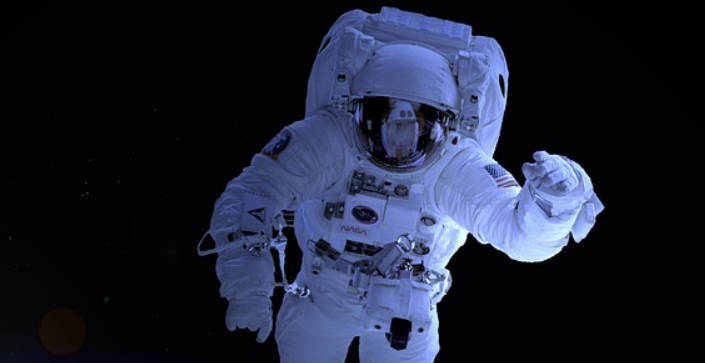Science News Roundup: Europe names world's first disabled astronaut; Europe flags space ambitions with spending hike and new astronauts and more
The European Space Agency (ESA) said its 22 member states had agreed to provide 16.9 billion euros ($17.5 billion) for projects from the search for past life on Mars to climate research in 2023-25, up from 14.5 billion euros in the previous period. New space observatory helps solve mystery involving enormous black holes Most galaxies are built around humongous black holes.

Following is a summary of current science news briefs.
Europe names world's first disabled astronaut
The European Space Agency on Wednesday named the first ever "parastronaut" in a major step towards allowing people with physical disabilities to work and live in space. The 22-nation agency said it had selected former British Paralympic sprinter John McFall as part of a new generation of 17 recruits picked for astronaut training.
Europe flags space ambitions with spending hike and new astronauts
European nations agreed on Wednesday to boost spending on space by 17% to stay on the heels of United States and China in two days of intense bargaining overshadowed by rising energy prices. The European Space Agency (ESA) said its 22 member states had agreed to provide 16.9 billion euros ($17.5 billion) for projects from the search for past life on Mars to climate research in 2023-25, up from 14.5 billion euros in the previous period.
New space observatory helps solve mystery involving enormous black holes
Most galaxies are built around humongous black holes. While many of these are comparatively docile, like the one at our Milky Way's center, some are fierce-guzzling surrounding material and unleashing huge and blazingly bright jets of high-energy particles far into space. Using data from the recently deployed Imaging X-ray Polarimetry Explorer (IXPE) orbiting observatory, researchers on Wednesday offered an explanation for how these jets become so luminous: subatomic particles called electrons becoming energized by shock waves moving at supersonic speed away from the black hole.
'Good Night Oppy' about NASA's rover mission may make you cry
When "Good Night Oppy", which follows NASA rovers Opportunity and Spirit before and after they land on Mars, launched at a film festival in September, the documentary had an unexpected effect on audiences: they cried. "It's funny because I promise you we were not having conversations in the edit room on how we would make people cry," director Ryan White told Reuters.
Europe ministers tackle sharp increase in space funding
European ministers haggled on Tuesday over a proposed 25% boost in space funding over the next three years designed to maintain Europe's lead in Earth observation, expand navigation services and remain a partner in exploration with the United States. The European Space Agency (ESA) is asking its 22 nations to back a budget of some 18.5 billion euros for 2023-25, up from 14.5 billion at its last summit in 2019, in a triennial funding ritual held against a backdrop of pressure on public finances.










